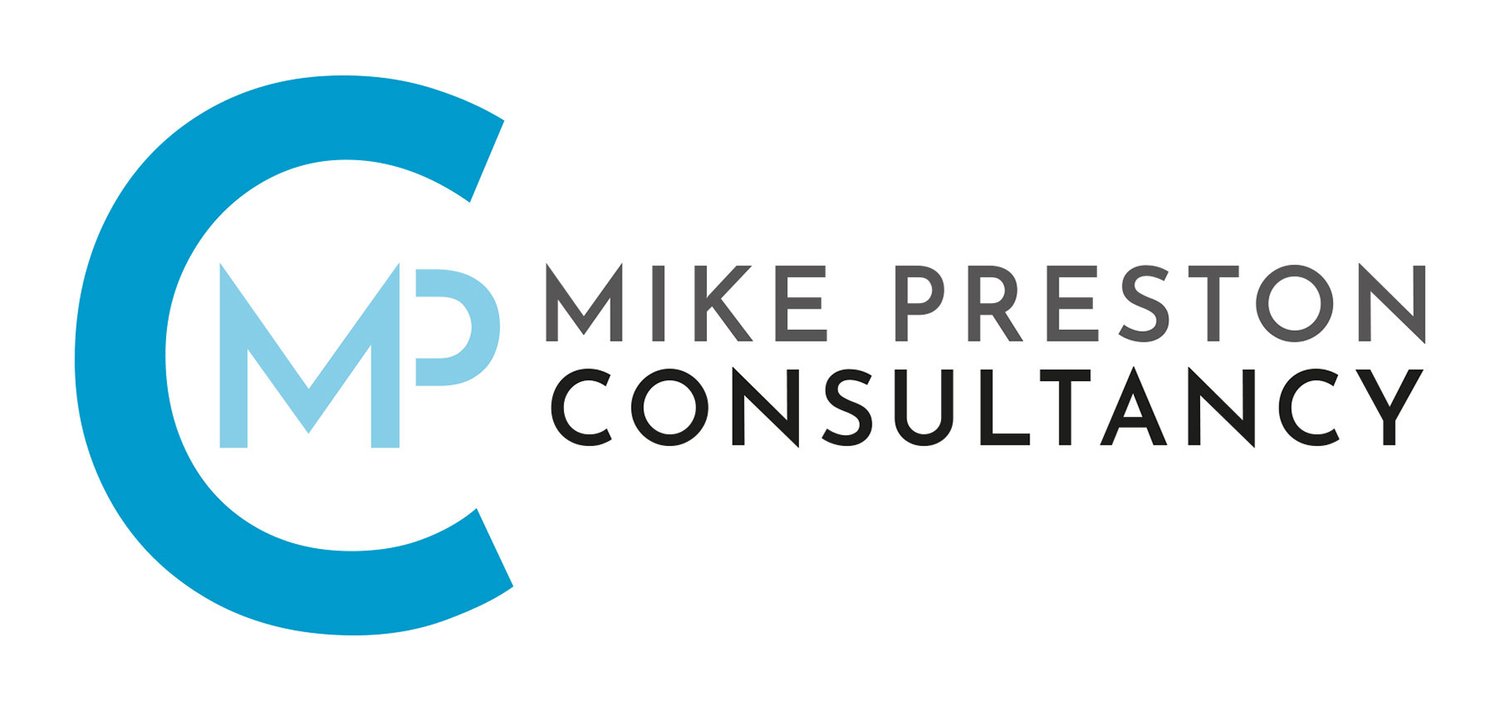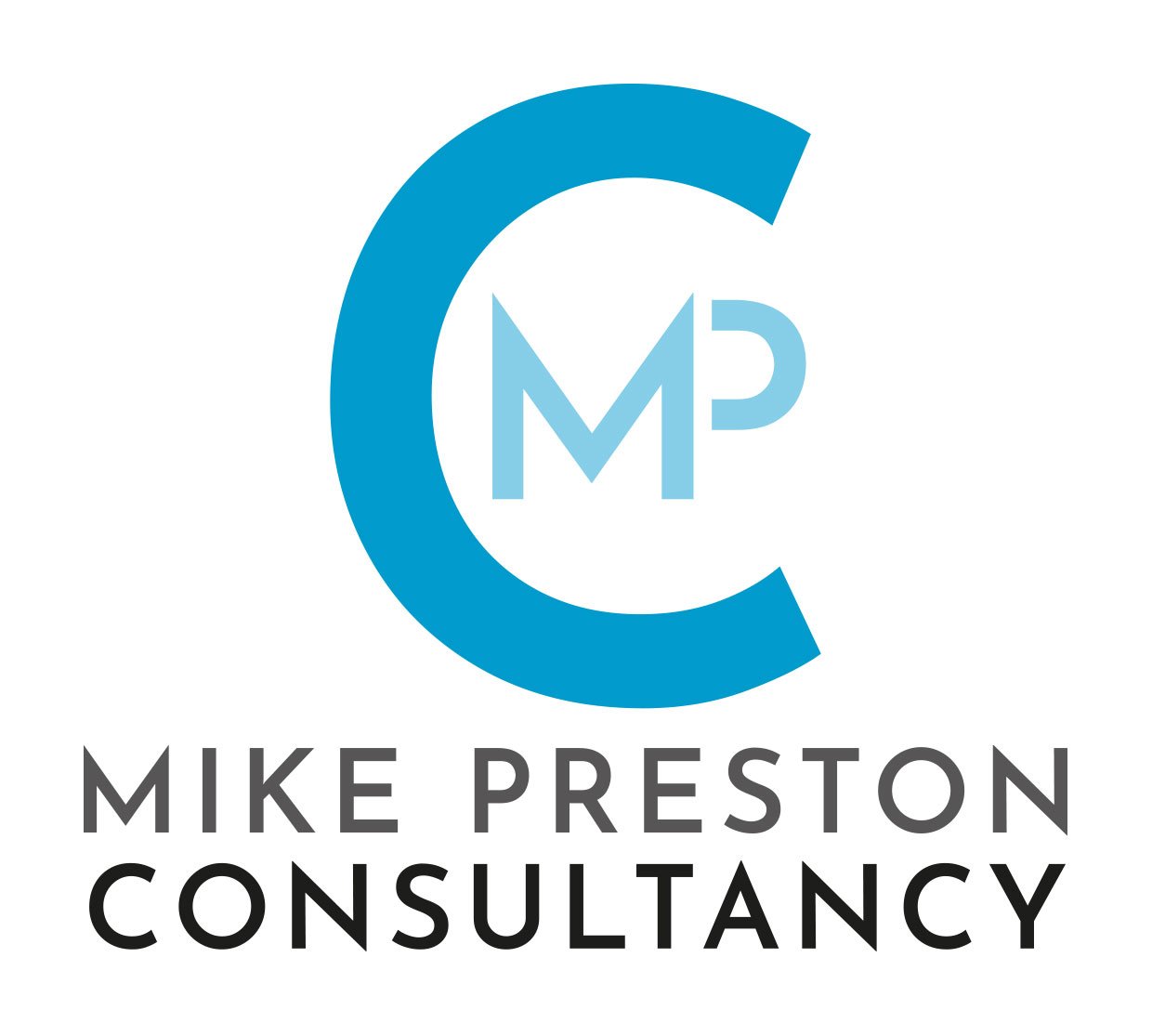Measuring What Matters: KPIs for Sustainable Charity Growth
In the dynamic and often challenging world of charitable organisations, growth isn't just about expanding your reach; it's about deepening your impact and ensuring your mission thrives long into the future. But how do you know if you're truly growing sustainably? The answer lies in effective measurement, specifically, through the intelligent use of Key Performance Indicators (KPIs).
KPIs are more than just numbers; they are the vital signs of your organisation's health and progress. By strategically identifying, tracking, and analysing the right KPIs, charities can gain invaluable insights, make informed decisions, and secure a sustainable future.
Why Measure What Matters?
For charities, measuring what matters offers several crucial benefits:
Demonstrating Impact: Funders, donors, and beneficiaries want to see tangible proof that their support is making a difference. KPIs provide that evidence.
Informed Decision-Making: Data-driven insights help you identify what's working, what's not, and where to allocate your precious resources most effectively.
Strategic Alignment: KPIs ensure that every activity contributes to your overarching mission and strategic goals.
Accountability and Transparency: Clear metrics foster trust with all stakeholders.
Identifying Opportunities and Risks: By tracking trends, you can spot emerging opportunities for growth or potential challenges before they become crises.
What Data to Measure?
Sustainable growth in a charity encompasses various facets, not just financial. To get a holistic view, you need to collect data across different areas:
Financial Data:
Income Streams: Breakdown of donations (individual, corporate, grants, legacies), earned income, and event revenue.
Expenditure: Programme costs, fundraising costs, and administrative overheads.
Reserves: The Amount of unrestricted funds available.
Beneficiary Data:
Reach: Number of individuals, families, or communities served.
Demographics: Age, gender, location, and specific needs of beneficiaries.
Engagement: Frequency of service use, participation rates in programmes.
Fundraising Data:
Donor Information: New donors, returning donors, lapsed donors.
Donation Details: Average gift size, frequency of giving, type of donation (one-off, recurring).
Fundraising Channel Performance: Effectiveness of online, direct mail, events, and major gifts.
Programme Delivery Data:
Activities Undertaken: Number of workshops, interventions, and outreach sessions.
Resources Utilised: Staff hours, volunteer hours, materials used per programme.
Team & Volunteer Data:
Staff Turnover & Retention: Rates of employees leaving and staying.
Volunteer Recruitment & Retention: Number of new volunteers, consistency of volunteer engagement.
Training & Development: Hours of training provided, skill development.
Awareness & Engagement Data:
Website Analytics: Page views, bounce rate, conversion rate (e.g., to donation page).
Social Media Metrics: Followers, engagement rate (likes, shares, comments), reach.
Media Coverage: Mentions in news, articles, and online publications.
Examples of Key Performance Indicators (KPIs) for Charities
Based on the data above, here are some essential KPIs for sustainable charity growth:
1. Financial Sustainability KPIs:
Fundraising ROI: (Total Funds Raised - Fundraising Costs) / Fundraising Costs. Example: If you raise £100,000 and it costs £20,000 to do so, your ROI is 400% (or 4:1).
Unrestricted Income Ratio: Unrestricted Income / Total Income. This shows your flexibility in responding to needs.
Reserves Policy Adherence: Actual Reserves / Target Reserves. Are you maintaining a healthy financial cushion?
Cost Per Beneficiary: Total Programme Costs / Number of Beneficiaries Served. Helps assess efficiency.
2. Impact & Programme Effectiveness KPIs:
Beneficiary Satisfaction Rate: Percentage of beneficiaries reporting positive satisfaction with services. Collected via surveys or feedback forms.
Outcome Achievement Rate: Percentage of beneficiaries achieving specific, measurable outcomes (e.g., increased literacy, improved health indicators). Requires robust pre- and post-intervention data.
Programme Reach Growth: Percentage increase in beneficiaries served year-on-year.
Social Return on Investment (SROI): A more advanced metric that attempts to monetise the social value created for every pound invested.
3. Donor & Supporter Engagement KPIs:
Donor Retention Rate: (Number of Donors This Year Who Also Gave Last Year) / (Number of Donors Last Year) x 100. Crucial for long-term income stability.
Average Gift Size Growth: Current Average Gift Size / Previous Average Gift Size. Indicates donor loyalty and willingness to give more.
Recurring Donor Percentage: Number of Recurring Donors / Total Donors x 100. Highlights a predictable income stream.
Website Donation Conversion Rate: Number of Online Donations / Number of Website Visitors to Donation Page x 100.
4. Organisational Health & Capacity KPIs:
Volunteer Retention Rate: (Number of Returning Volunteers) / (Total Volunteers Last Period) x 100.
Staff Turnover Rate: (Number of Staff Leaving) / (Average Number of Staff) x 100.
Board Meeting Attendance: Average percentage of trustees attending board meetings.
Grants Applied For vs. Secured: Number of successful grant applications compared to total applications.
Making it Sustainable: Embedding KPIs in Your Culture
Measuring is only half the battle. To ensure sustainable growth, KPIs need to be embedded into your charity's culture:
Start Small, Grow Smart: Don't overwhelm your team with too many KPIs initially. Focus on a few critical ones that align directly with your strategic priorities.
Define Clearly: Ensure everyone understands what each KPI means, how it's measured, and why it's important.
Regular Review & Reporting: Schedule regular reviews of your KPIs with relevant teams and the board. Create clear, concise reports that highlight trends and insights.
Actionable Insights: The most important step! KPIs are not just for reporting; they are for action. Use the insights gained to adjust strategies, improve programmes, and enhance fundraising efforts.
Communicate Successes (and Challenges): Celebrate when KPIs show positive progress and openly discuss challenges when targets are missed. This fosters a culture of continuous learning and improvement.
Integrate into Planning: Weave KPI targets into your annual planning and individual performance objectives.
Invest in Tools: Utilise CRM systems, data analytics tools, and reporting dashboards to automate data collection and analysis, freeing up staff time for impact delivery.
Sustainable growth for charities isn't a mythical beast; it's a tangible outcome of thoughtful strategy, dedicated effort, and smart measurement. By diligently tracking the right KPIs, your organisation can confidently navigate its path, amplify its mission, and secure a brighter future for those it serves.
Ready to transform your charity's measurement and unlock its full potential?
At Mike Preston Consultancy, we understand the unique challenges and opportunities facing the charity sector. We offer tailored guidance and practical solutions to help you define, track, and act on the KPIs that truly matter for your organisation's sustainable growth.
Explore our Mike Preston Consultancy Apps for intuitive tools and resources designed to streamline your data collection, analysis, and reporting. From governance templates to fundraising trackers, our apps are built to empower your team and amplify your impact. Visit Mike Preston Consultancy today and see how our resources can support your journey towards sustainable success!


